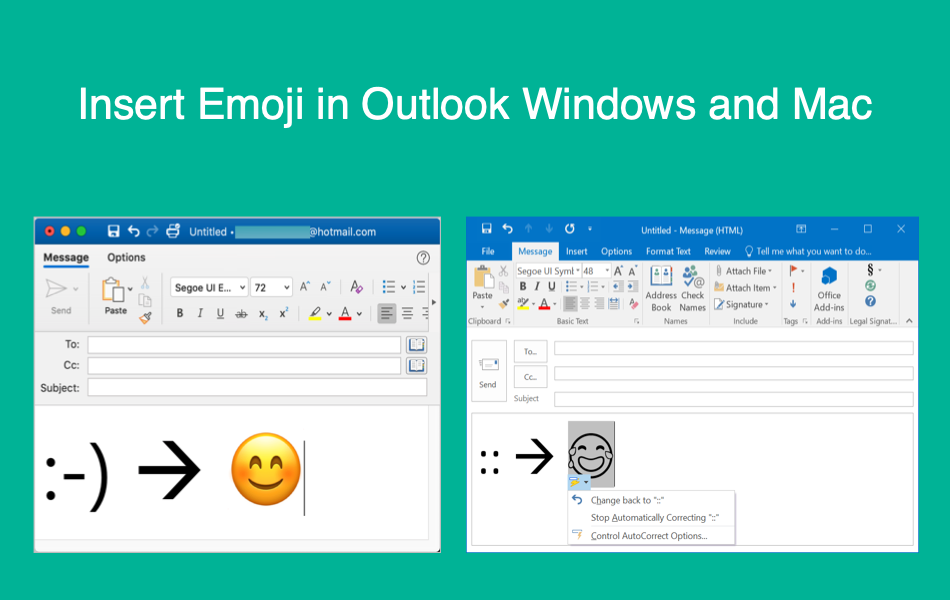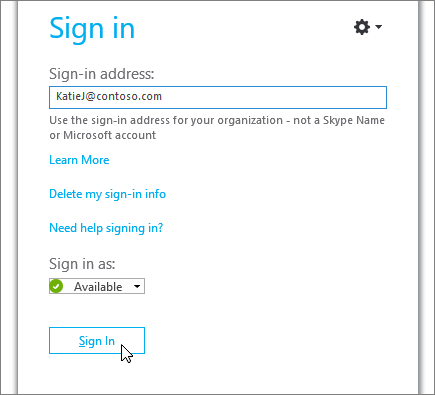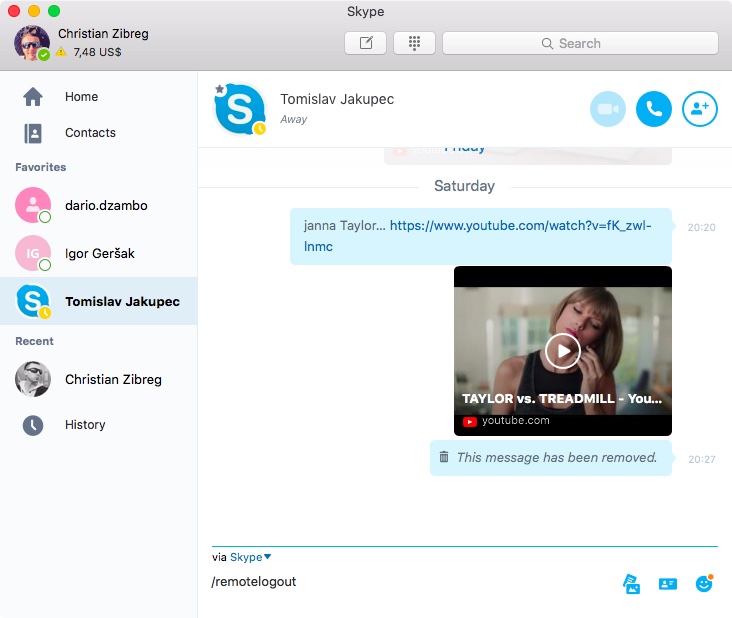

Lync client gets user photos by first querying the Address Book Web Query (ABWQ) service on the server, which is exposed through the Distribution List Expansion web service. In Lync 2010, user photos are managed on the server by the Address Book Service. Third Party tools Users can upload only their own photo to for the thumbnailPhoto attribute. When images are imported with Exchange 2010 cmdlets, the file size is limited to 10 KB.
Hiow do i change my picture on skype for business on a mac windows#
When Lync client needs to display a user photo, it retrieves the image from the specified web address.Įxchange 2010 cmdlets for Windows PowerShell Administrators can run the Import-RecipientDataProperty cmdlet in the Exchange 2010 Management Shell in to manage the thumbnailPhoto attribute. The image stored at the specified web address is transferred to other users through the contact card category in the presence information.


The image must be publicly accessible without a password. Photo stored on publicly accessible URL Users can configure their user photo specifying a publicly accessible URL for the image that they want to use. SharePoint Server Users can upload a photo to ‘My Site’ on a SharePoint Server and then configure profile synchronization in SharePoint to synchronize the photo to the thumbnailPhoto attribute in Active Directory Domain Services. They can use one of the following options to do so, if available: User cannot change the image used in their Active Directory Domain Services profile directly through Lync 2010 client. How users manage their user photos in Active Directory Domain Services The limited image dimensions and file size mean that only low resolution images can be used. In large organizations, storing and retrieving the images for large numbers of users may impact the Active Directory Domain Services database size and performance. Images stored in Active Directory Domain Services are not displayed to contacts external to your organization, even if they are federated contacts. You can disable this through Active Directory Domain Services. The file size for the image is limited to 100 KB.īy default, users are able to change the image used for the thumbnailPhoto attribute, though not directly through Lync client. Only images with dimensions up to 96 pixels by 96 pixels are supported. This is the same file that is used by Exchange to display images in Outlook.Ĭonsiderations for using images from Active Directory Domain Services include the following: The image used is the image defined as the value for the thumbnailPhoto attribute in Active Directory Domain Services. When you choose the Default corporate picture option, Lync gets the photo displayed for you from Active Directory Domain Services. Also, moving the mouse over thumbnail photo in the gallery will display the high-resolution photo. High-resolution user photos are displayed in Lync 2013 meetings when an active speaker does not have video enabled. If connectivity between Lync Server and Exchange Server is lost, the user’s low resolution thumbnailPhoto from AD DS will be displayed, and to internal users only. If the photos for user contacts are stored in AD DS, the image file used is limited to 96×96 pixels and no more than 100 KB file size. Users with Mailboxes on Exchange 2010 will always use the thumbnailPhoto attribute from AD DS as the source for their user photo.Ī user photo stored as the thumbnailPhoto attribute from AD DS will not be displayed to external / federated contacts.

High-definition user photos are supported only in an environment where both Lync Server 2013 and Exchange 2013 are used. High-definition user photo support requires that the user’s mailbox be located on Exchange 2013 and the Lync user account to be in Lync 2013 pool. To learn more about the Movavi Skype recorder, follow the link below.You should consider the following when planning to implement support for user photos. You can convert audio calls to an MP3 file easily too. This optional feature allows you to remove any segment of the call you don’t want to keep. Movavi Screen Recorder is one of the best ways to cut and convert your recordings. You also have the option of recording sounds from your computer or microphone without screen recording. What’s more, you can use it to upload videos to YouTube and Google, share screenshots via social media, and make your videos more engaging by drawing on the video during recording. Movavi Screen Recorder makes it so simple to capture all your Skype calls on Windows and Mac. Best for: multiple recording and editing options


 0 kommentar(er)
0 kommentar(er)
